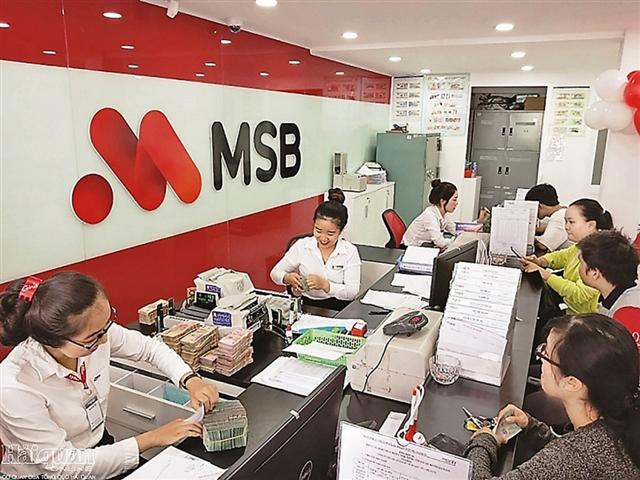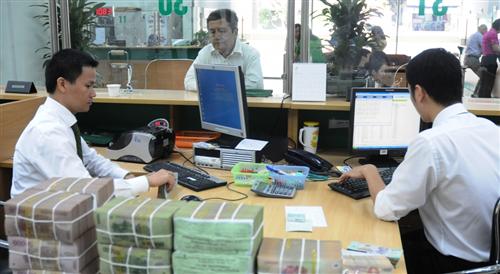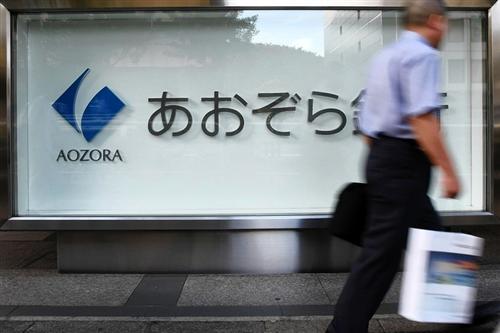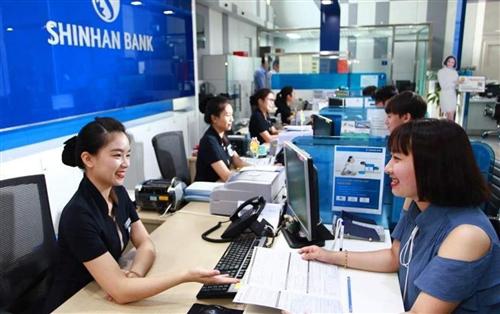Credit, deposit interest rates to expand toward year’s end
Credit, deposit interest rates to expand toward year’s end
Credit and interest rates tend to increase slightly at the end of the year, but the rise is negligible.
|
After raising deposit interest rates in the third quarter of 2019, some commercial banks continue to push up interest rates in the last quarter of the year in order to mobilize capital to meet the needs of enterprises in the peak business season.
According to a macro report released by the BIDV Training and Research Institute, as of October 2019, deposit interest rates recorded the highest level of 10 percent a year (five-year certificates of deposit), much higher than earlier this year.
Many commercial banks have listed new long-term interest rates of as much as eight percent per year for terms of over 12 months, even 9-10 percent per year on certificates of deposit.
Nam A Bank has applied interest rates of 8.5 percent per year for terms of 18 months and 24 months. Eximbank has applied interest rates of 8.4 percent per year for deposits of more than VND100 billion, while customers with deposits of more than VND300 billion can enjoy interest rates of eight percent per year at LienVietPostBank and Sacombank.
Financial expert Nguyen Tri Hieu said commercial banks’ increase of deposit interest rates means rising demand for capital to meet their credit growth targets. In addition, banks need more capital to meet a capital adequacy ratio (CAR) in 2020 according to the Basel II standards. Competition in the corporate bond market is also a factor that raises deposit interest rates in order to attract capital from the market.
The rates have been on an upward trend and there is no sign that they are cooling down, especially in light of capital needs ahead of the end of the year.
However, the rate hikes could cause a domino effect on interest rates of long-term loans. For example, if lending interest rates top 10 percent per year, businesses will have to recalculate because of high risks.
Dr. Bui Quang Tin from the Banking University of Ho Chi Minh City said deposit interest rates will be difficult to reduce at the end of the year because of rising capital demand for credit growth, forcing commercial banks to push up interest rates to attract customer deposits. Although deposit interest rates are on the rise, lending interest rates remain stable. A State Bank of Vietnam (SBV) decision to cut several key interest rates from the middle of September has helped credit institutions access more affordable capital from the SBV, in turn enabling the institutions to improve liquidity and keep lending interest rates stable.
In addition, credit institutions have implemented serious guidance to ensure the stability of lending interest rates. They also want to boost credit growth to complete sales and profit targets. Therefore, banks will not raise lending interest rates because it will affect the real needs of businesses, Tin said.
The SBV will continue to monitor local macroeconomic trends and the monetary market to flexibly employ monetary policy instruments, in order to control inflation, stabilize the macro-economy and support economic growth.
























